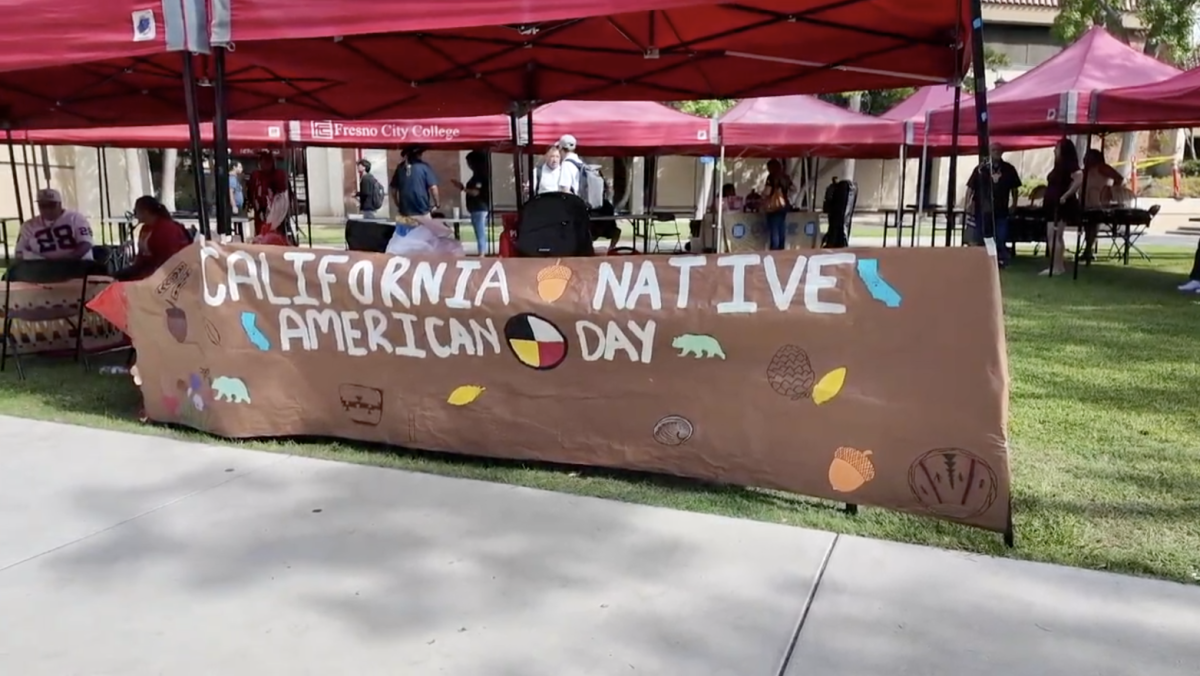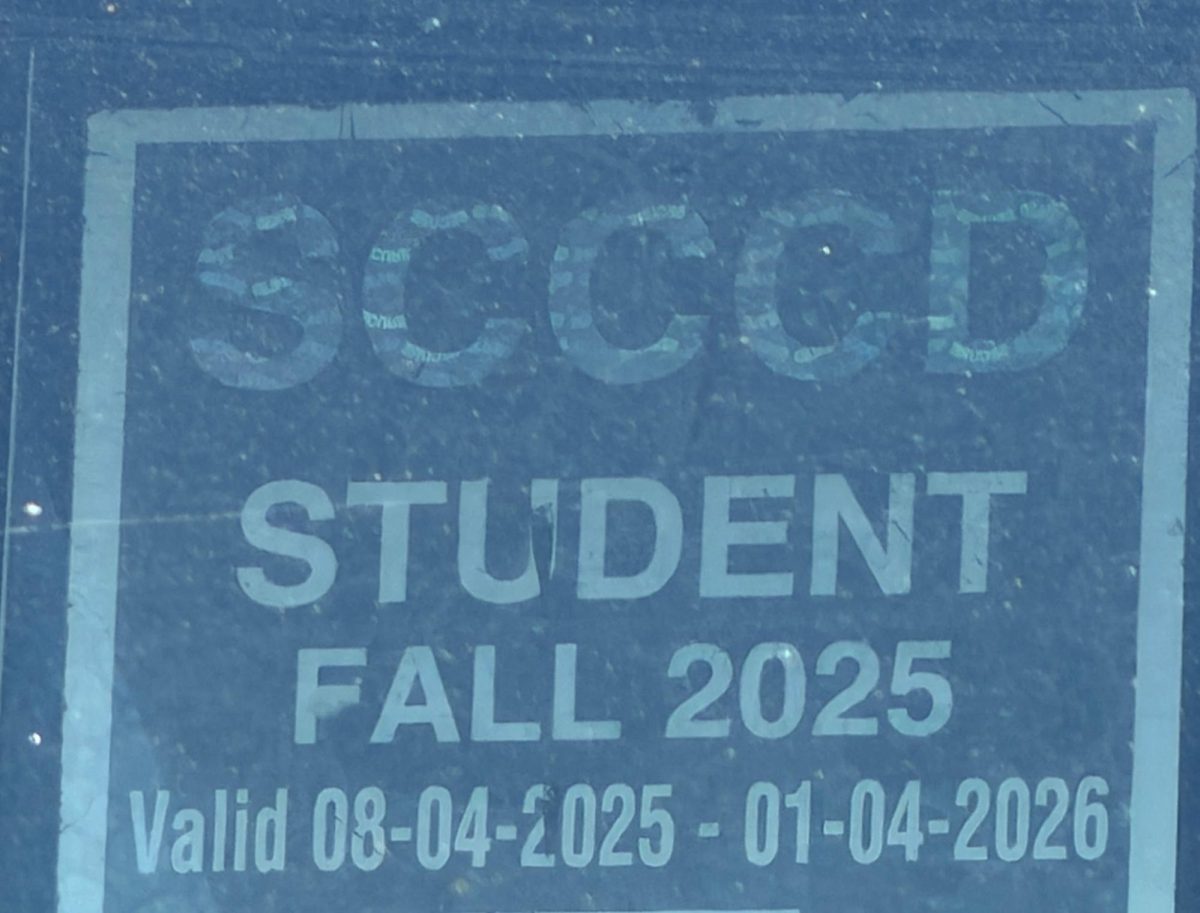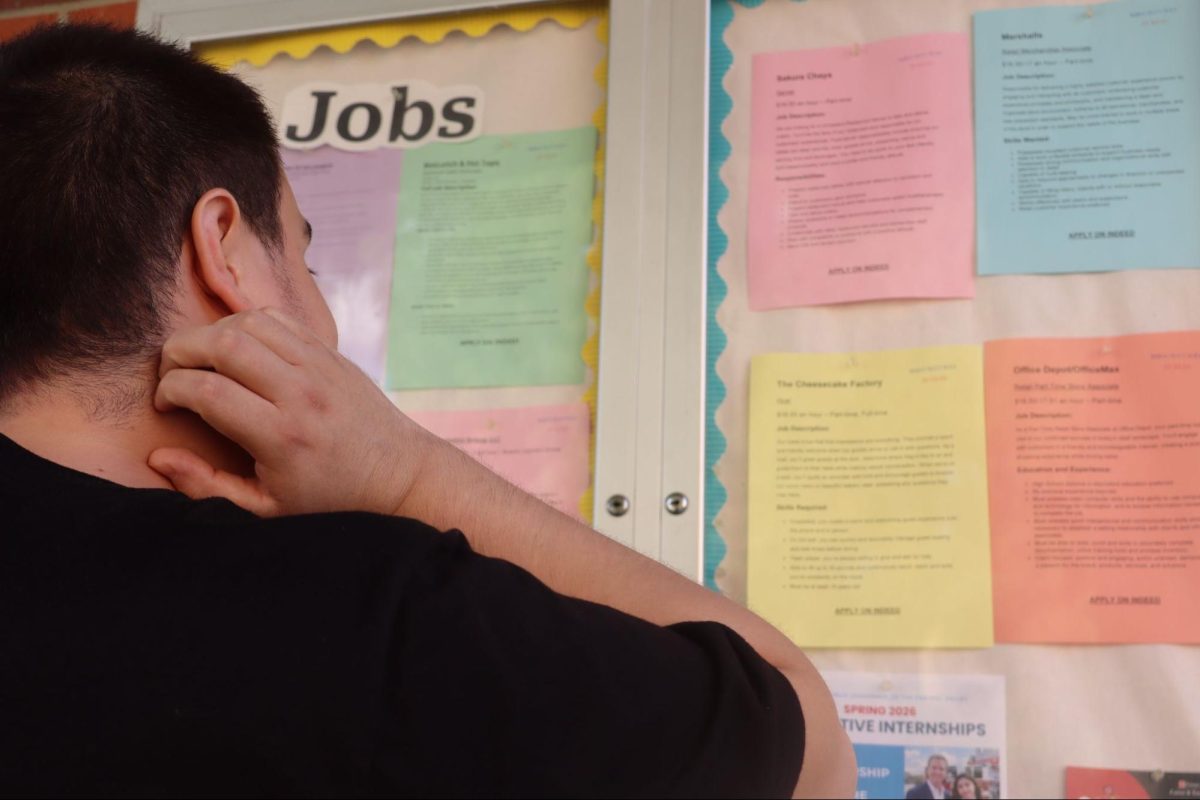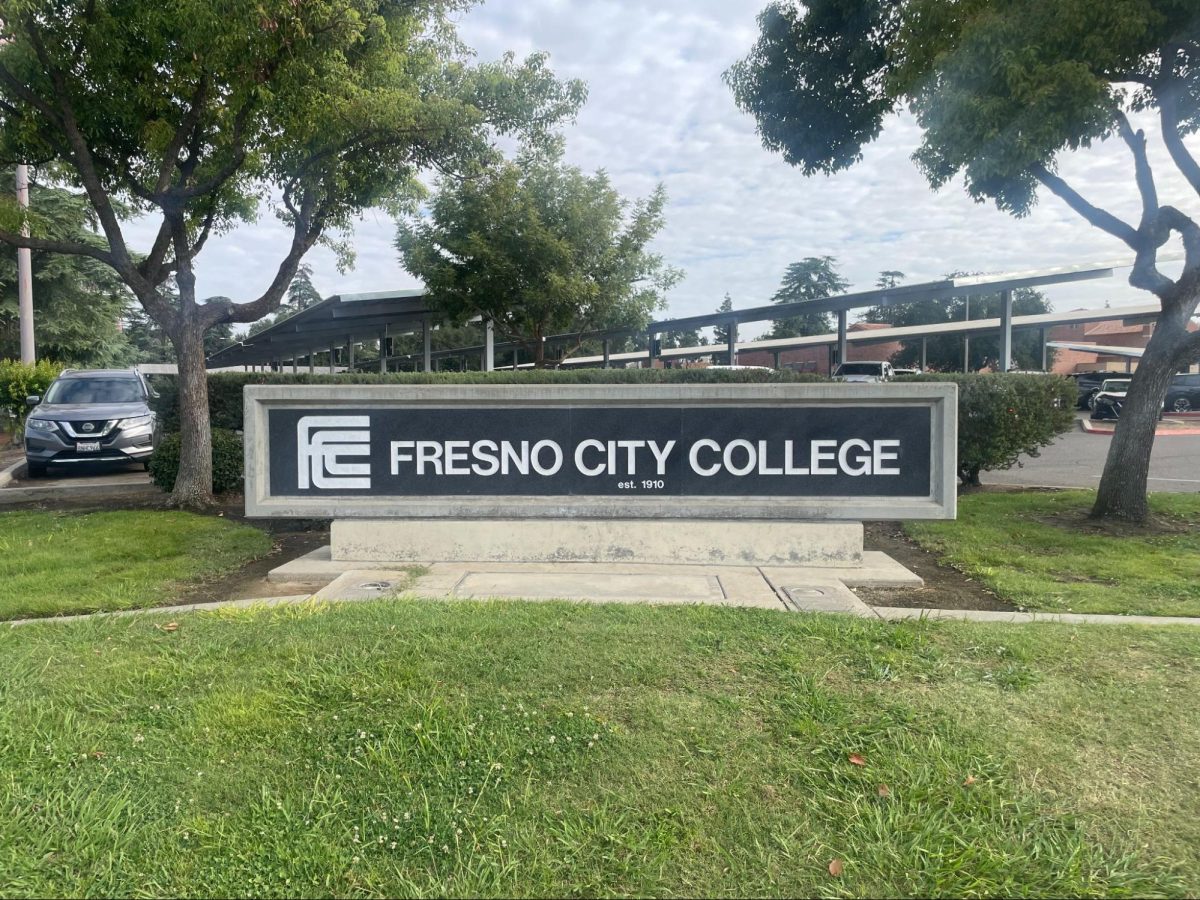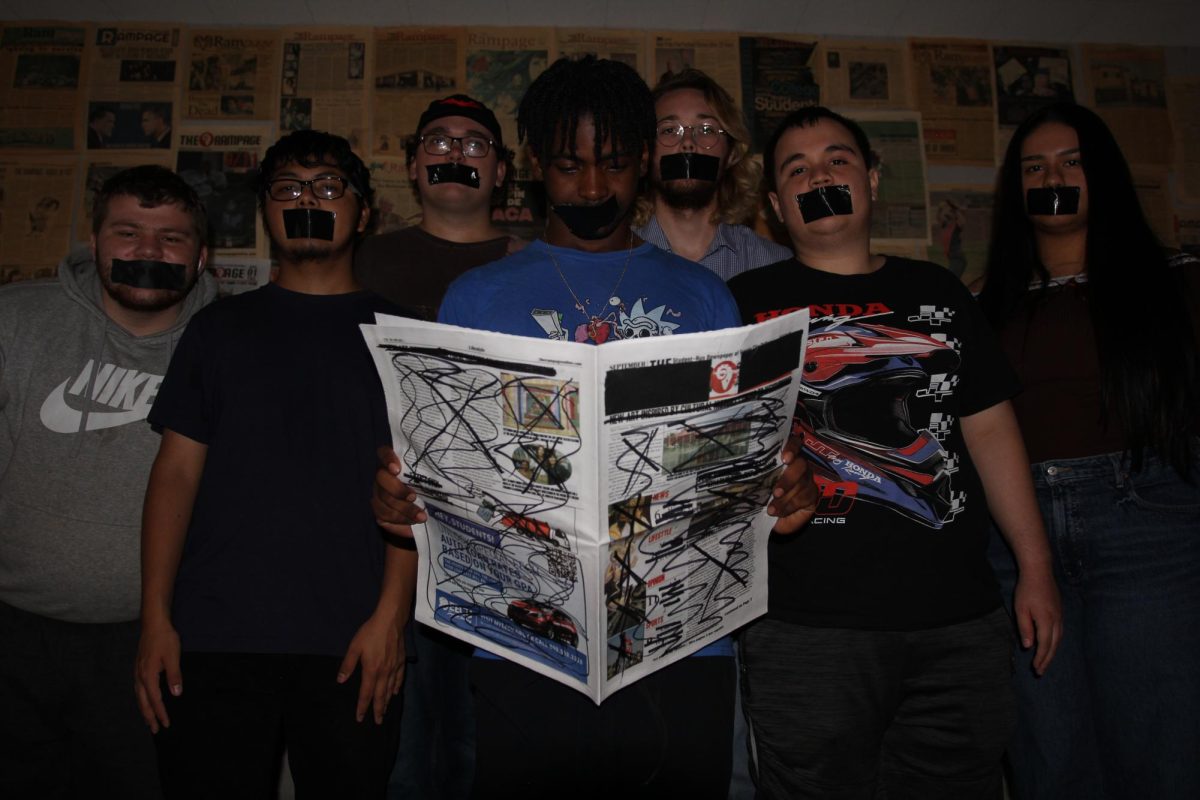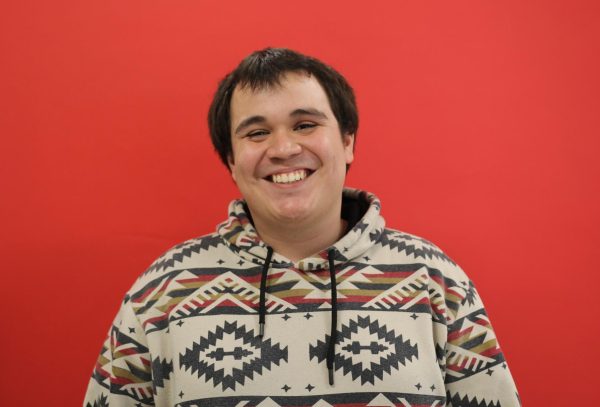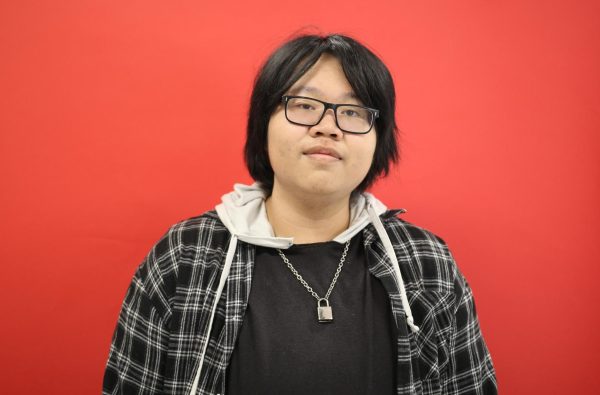The way I could best describe an Indigenous Land acknowledgement is through the words of author Patty Krawec. She is Anishinaabe which is a large group of Native Americans from the Great Lakes region in Detroit, Michigan. She is also of Ukrainian origin.
In her book “Becoming Kin” she described that a Land acknowledgment is not limited to just casually naming the local tribes of the residing area, but it’s an appreciation for the original caretakers of the land.
“Land acknowledgment recognizes relationships, the price that other indigenous people have paid for the existence of this place, and the tangible things people can do,” Krawec said in her book.
In California specifically, during the mid-1800s, the population of Indigenous people went from 310,000 to 150,000 due to mass killings from Mexican militia and paramilitary. Across the state there are 60 unrecognized tribes.
There are some that believe that there is no need for Land acknowledgements. Some might say, “It happened such a long time ago, why bring it up now?” or “Acknowledgements do not help the community.”
History is often forgotten, so there is much value and importance in having these conversations with minority and displaced communities about their current and former experiences or histories. Through this, answers can be given for the problems that these communities experience. Communities can also be uplifted and have the ability to grow.
The least we can do, as individuals and as a community, is to acknowledge the sacrifice and dedication that the original caretakers of the Central Valley gave us. Without them, the land would not be rich or beautiful, and we would not be here today.
This land acknowledgement that was written by the editors at The Rampage will be included in the staff box moving forward, and might change in content and length over time.
“The Rampage operates in and around the Indigenous lands of the Yokuts and Mono peoples, we respect and honor the displaced and forgotten people that make our work possible on this campus and across many others.”

